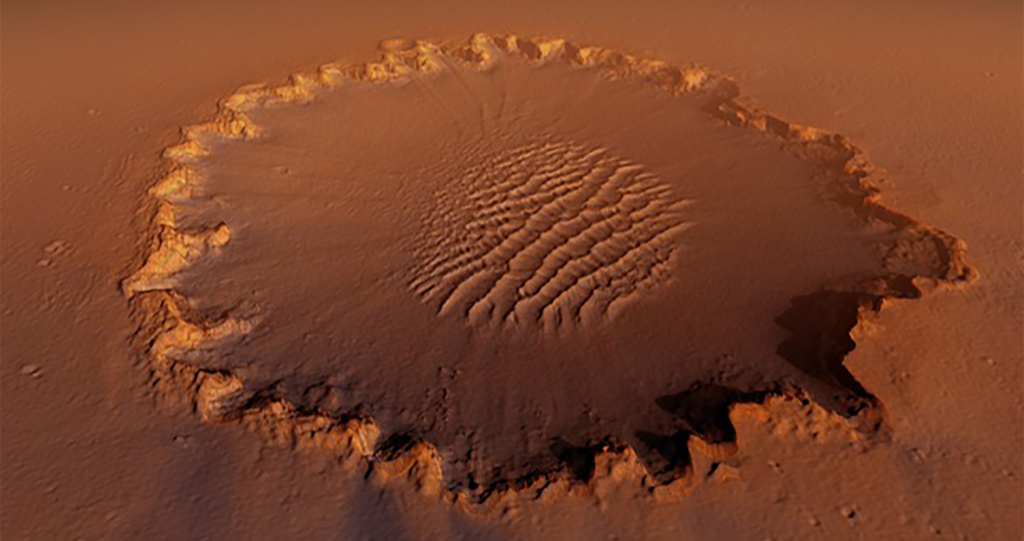
New Curtin University research has confirmed the frequency of asteroid collisions that formed impact craters on Mars has been consistent over the past 600 million years.
The study, published in Earth and Planetary Science Letters, analysed the formation of more than 500 large Martian craters using a crater detection algorithm previously developed at Curtin, which automatically counts the visible impact craters from a high-resolution image.
Despite previous studies suggesting spikes in the frequency of asteroid collisions, lead researcher Dr Anthony Lagain, from Curtin’s School of Earth and Planetary Sciences, said his research had found they did not vary much at all for many millions of years.
Dr Lagain said counting impact craters on a planetary surface was the only way to a...
Read More






Recent Comments